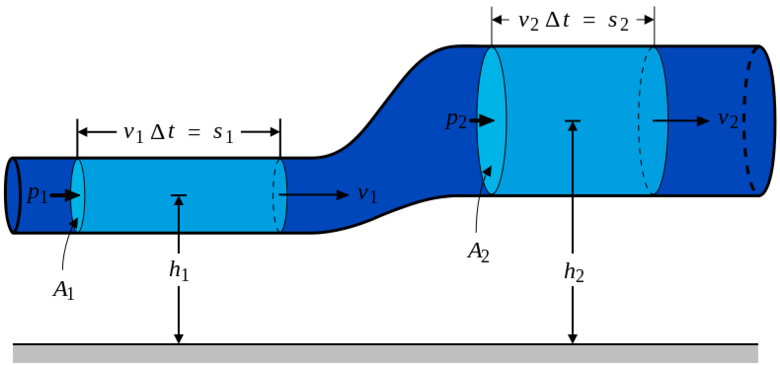Bernoulli’s principle describes a behavior seen in fluids such as liquids or gasses.
It predicts that pressure inside a fluid tends to reduce simultaneously when the speed flow of the fluid is high.
The reverse also applies, namely that pressure increases when the speed flow lowers.
However, this is the opposite of what you may expect at first! Why?
Because we tend to think that faster streams should produce greater pressure. Isn’t that what we see when hosepipes release water faster? The water seems to have more pressure and force since it’s moving faster!
To clarify this confusion, Bernoulli’s principle refers to static pressure.
Static pressure is the pressure that an object experiences when forces push down on it equally on all sides.
You experience this pressure from the atmospheric pressure which pushes equally down against all the surfaces of your body. This is regardless of whether you are moving or standing still.
Static pressure also pushes against fluids in a hose and also the hose’s walls.
However, the pressure you see when a powerful jet of water comes off a hose is dynamic pressure which is directional (moving in one direction).
When dynamic pressure increases, static pressure reduces to compensate and vice versa.
Bernoulli’ principle observed in a water discharging pipe
One of the best ways to observe Bernoulli’s principle is looking at what happens in a pipe that discharges water.
If the pipe has different widths at different points, the water flows slower in bigger widths and faster in smaller widths.
This corresponds to higher pressure and lower pressure respectively in agreement with Bernoulli’s principle.
Here are 10 examples of Bernoulli’s principle.
1. Wing or Airfoil lift
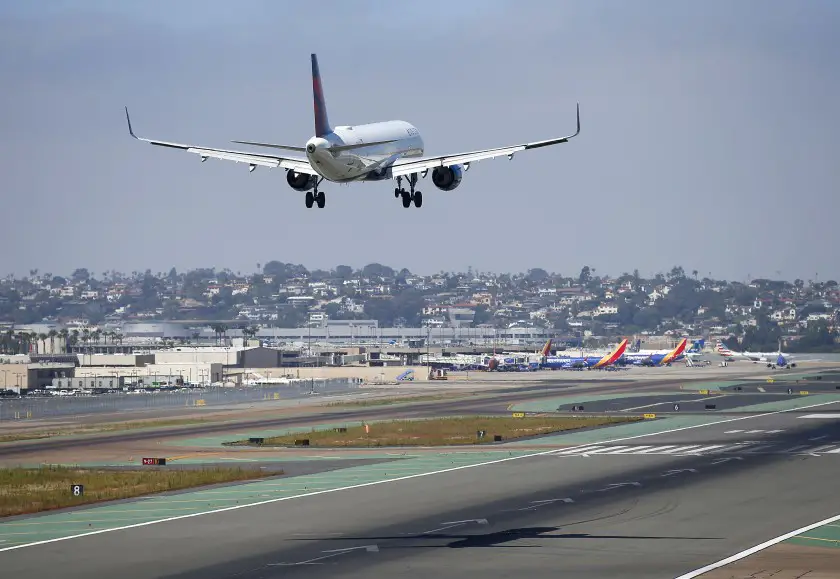
When the Wright brothers finally succeeded in achieving flight in the air with their heavier-than-air plane, they had Bernoulli’s principle to thank for it.
It’s due to the upper curved shape of the wing. As the plane moves forward, the airflow travels in a different way on the upper side compared to the lower side of the wing.
Due to the upper curve, the air follows a curved path which causes it to travel faster. By Bernoulli’s principle, this lowers the pressure.
By contrast, the lower side is flatter which leaves airflow speed unaltered thus creating higher pressure.
The differences in pressure above and below the wing create lift which causes the plane to fly
2. Carburetors
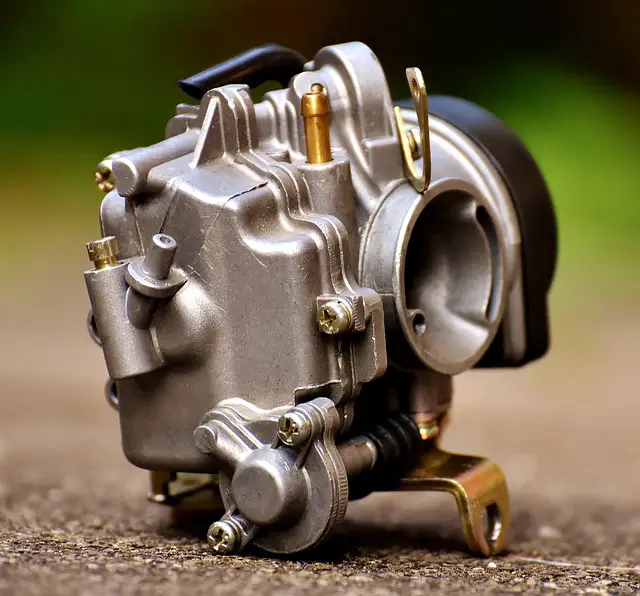
Fuel injection systems now completely dominate in most modern cars engines but before they did, carburetors were in use up to the 1990s.
These carburetors work by Bernoulli’s principle to determine the air-fuel mixture in your engine.
When you accelerate your car, you are controlling the carburetor which increases the air that goes into the engine.
The carburetor is fitted with a pipe that has a narrow kinked middle section.
Airflow in this section (called a venturi) speeds up and pressure also goes down.
The sharp fall in pressure sucks in more air which leads to more fuel being drawn in.
Despite being almost phased out in cars, carburetors are still used in lawnmowers, motorcycles, or snow blowers.
3. Airspeed
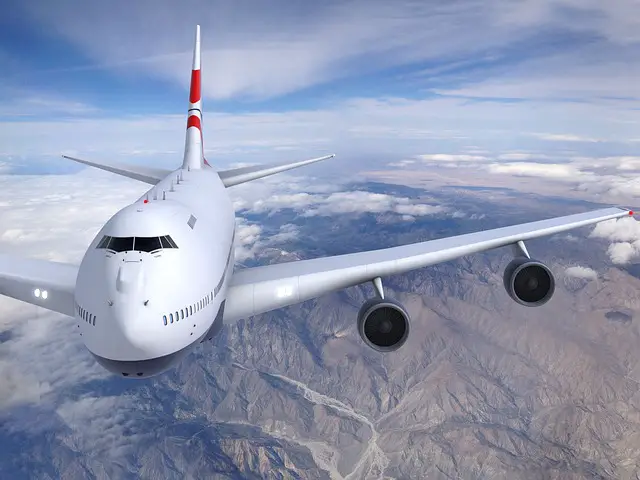
When one Air France 447 plane crashed in the Atlantic in pitch darkness killing all aboard, it turned out it was because the pilot couldn’t tell the correct airspeed.
This was due to ice-blocked pitot tubes that were giving wrong speeds.
Pitot tubes help pilots to know their airspeeds so that they can navigate their planes effectively. For example, it ensures safety, as flying too fast can cause the plane to shatter.
Flying too slow can also cause the plane to stall, with the danger of crashing.
So, the pilot needs to monitor speeds at all times to keep it away from these unsafe extremes. The pitot tubes run on Bernoulli’s principle.
4. Ship or Submarine navigation
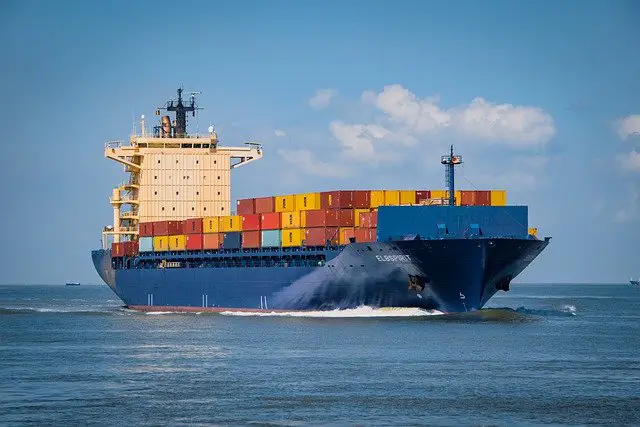
To navigate successfully at sea, water vessels like ships and submarines need equipment like speed measuring devices to know their speeds relative to the water or wind.
For example, submarines need navigational information for speed and stealth to avoid attacks by enemy submarines.
One of the tools that can be used is the pitometer log that can give the vessel’s speed relative to that of the water.
Using Bernoulli’s principle, it adds up static and dynamic pressures to calculate the speed of the water.
Also Check: 5 Gestalt’s Law of Proximity Examples in Real Life
5. Sails in boats

Sailing has always ignited man’s enthusiasm leading to sailboats, sea exploration, and recreational moments.
Using wind power, sailboats depend on the shape of the sails for movement.
Sails have a curved shape which gives an outer convex shape and inner concave shape.
If the boat moves upwind (against the wind direction), the air moves differently across these two surfaces.
It travels a longer distance on the convex (outer side) than the concave side (the inner side) in the same time interval.
This means the flow speed is higher on the convex side than the concave side making the pressure lower.
The pressure difference between the outer and inner sides produces a lift or forward push to the boat. Therefore, the boat can propel forward even against the wind.
6. Vacuum cleaner

The suction action of your vacuum cleaner operates by Bernoulli’s principle to suck the dirt off the carpet.
It has two ports, an intake port that takes in air and an exhaust port that expels air.
A moving fan drives air toward the exhaust port causing low pressure of the inside air.
Since the external air is at a higher pressure, it is forcefully sucked in through the intake port in response to the low pressure in the vacuum cleaner.
This air also carries carpet dirt with it which gets caught in the dirtbag.
7. Soda can jump

Have you ever performed the soda can jump trick?
It’s a trick every avid science student should try!
Take an empty soda can and put it into an empty cup. Then with your mouth blow air down one side between the cup and the soda can.
The soda can will neatly jump out of the cup in a somersault and come to rest standing on the table.
You can juice things up and place a second cup beside the first.
Try blowing the soda can from one cup to the next.
Bernoulli’s effect explains this because as you blow down the cup, it creates a low-pressure area due to the fast-flowing air from your mouth. This pushes the can out of the cup.
8. Ball spin

In many ball sports such as baseball, cricket, tennis, or golf, players usually exploit the effect of ball spin to give a competitive advantage against opponents in a game.
For example, the topspin is where the player causes the ball to rotate forward (clockwise direction) as it moves in the air.
A downward force on the ball is produced as it moves, causing it to drop. This drop, also called the Magnus Effect, can be tactical for a skillful player.
To produce this effect, the player hits the ball in a certain manner or angle.
Due to its contact with air, a spinning ball pulls air along with it.
By Bernoulli’s principle, pressure differences are created between the upper and lower sides of a spinning ball due to differences in the speed of the airflow.
The drop in the topspin comes from the extra force you get from this.
9. Venturi mask

Bernoulli’s principle has widely come to the rescue during the worldwide COVID pandemic through the use of venturi masks.
These masks can deliver precise amounts of oxygen to patients who have breathing problems due to a shortage of oxygen.
The masks are fitted with tubes that have a narrowed section. This has the effect of speeding up the flow of gas and also reducing pressure in accordance with Bernoulli’s principle.
By mixing the air with 100 % pure oxygen, doctors are able to rapidly administer a certain desired oxygen level through this tube.
10. Kite
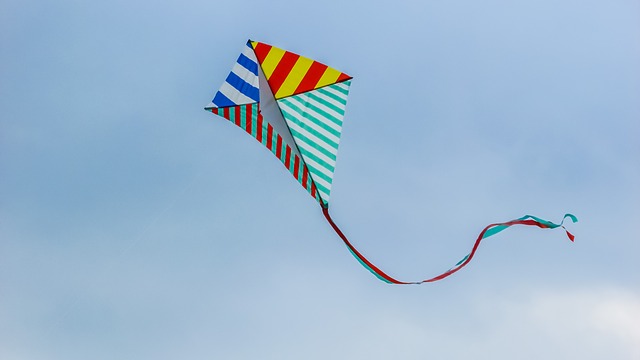
Kites are just like planes in many ways—they are heavier than air and have special shapes that generate lift.
The upper side of a kite’s body is curved which allows faster movement of air.
That is in contrast with the lower side which has a slower movement of the air. This leads to a lifting effect causing the kite to fly.
Related: 6 Hess’s Law Applications in Real life
Parting Thoughts
Brilliant in math, physics, and medicine he might have been but could Daniel Bernoulli have ever imagined what his Bernoulli principle could have unleashed?
Its sheer breadth of application is breathtaking from the idyllic fun of kite flying to the grim business of COVID 19.

